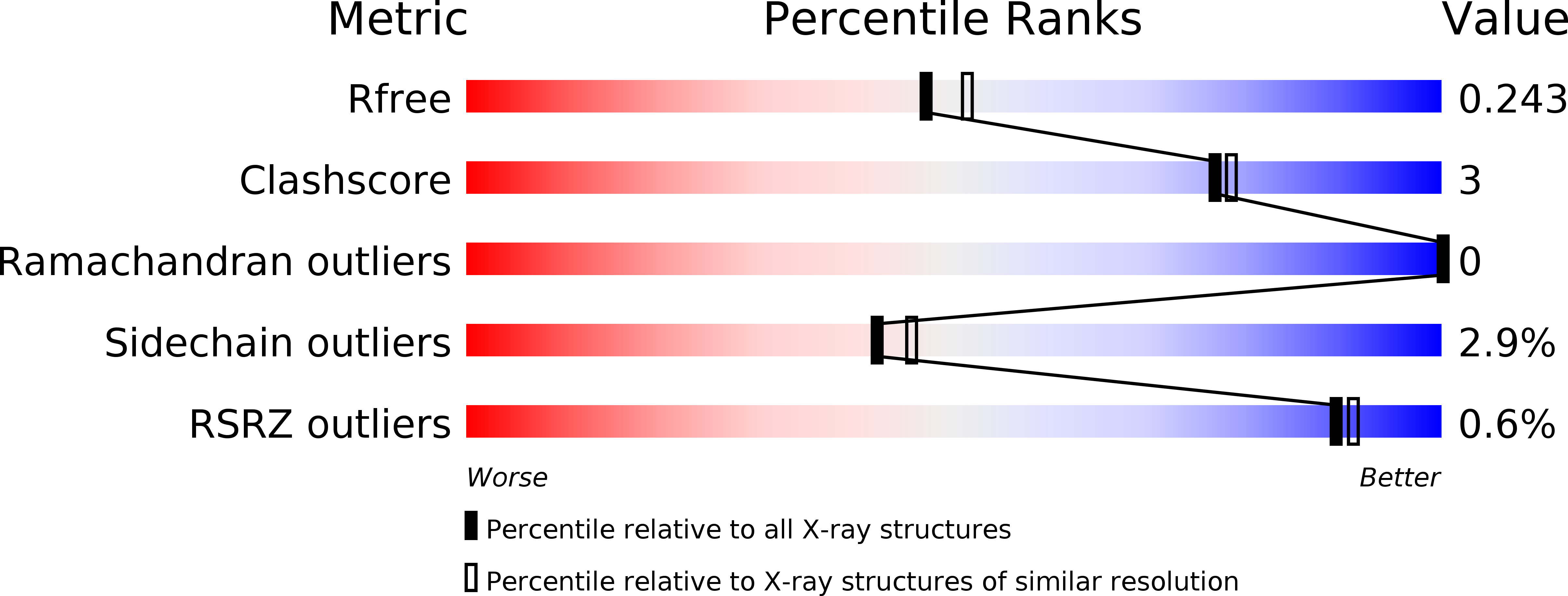
Deposition Date
2015-03-11
Release Date
2015-12-09
Last Version Date
2024-01-10
Method Details:
Experimental Method:
Resolution:
2.09 Å
R-Value Free:
0.24
R-Value Work:
0.18
R-Value Observed:
0.18
Space Group:
P 21 21 21


